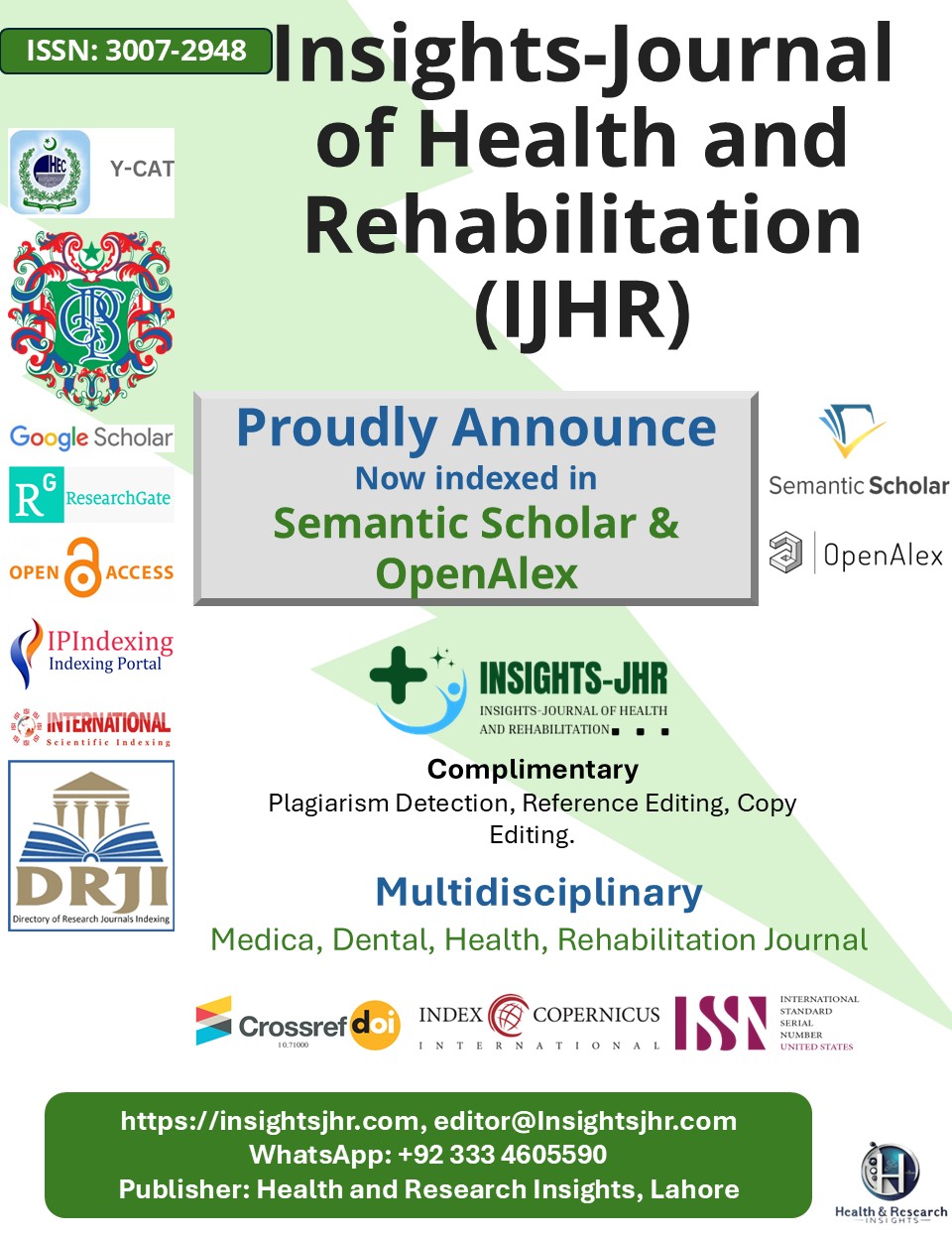A Comprehensive Review of Drug-Resistant Tuberculosis: Mechanisms, Epidemiology, and Diagnostic Approaches
DOI:
https://doi.org/10.71000/n06wvf68Keywords:
Bacterial fitness, Drug-resistant tuberculosis, Extensively drug-resistant tuberculosis, Multidrug-resistant tuberculosis, Mycobacterium tuberculosis, Transmission dynamics, Tuberculosis treatmentAbstract
Background: Drug-resistant tuberculosis (TB) is a critical global health concern, with multidrug-resistant (MDR) and extensively drug-resistant (XDR) strains complicating treatment and control strategies. The emergence of resistance in Mycobacterium tuberculosis (MTB) is driven by genetic mutations and improper antibiotic use, necessitating improved diagnostic methods and therapeutic interventions. Understanding the mechanisms, epidemiological trends, and diagnostic advancements is vital for mitigating the spread of resistant TB strains.
Methods: This review examines the molecular mechanisms of drug resistance in MTB, epidemiological data on resistance patterns, and recent advancements in diagnostic methodologies. Information was collected from peer-reviewed articles, epidemiological studies, and WHO reports to assess the transmission, bacterial fitness, and diagnostic efficiency of emerging tools.
Results: Genetic mutations affecting antibiotic targets, efflux pump activation, and host-pathogen interactions contribute to drug resistance in MTB. Epidemiological studies highlight the increasing burden of MDR and XDR strains, with variations in resistance patterns across different regions. Diagnostic advancements, including molecular assays like GeneXpert MTB/RIF and QuantiFERON-TB, have improved early detection and treatment outcomes. However, traditional culture methods remain essential for confirmatory testing and drug susceptibility analysis.
Conclusion: The rising prevalence of drug-resistant TB underscores the need for comprehensive control measures, including rapid diagnostics, strict adherence to treatment regimens, and novel therapeutic strategies. A multidisciplinary approach involving molecular surveillance, public health policies, and antimicrobial stewardship is essential to curb the spread of resistant TB strains.
Downloads
Published
Issue
Section
License
Copyright (c) 2025 Faizan Hameed, Azka Mubeen, Muhammad Arslan, Rohan Arshad, Hafiz Ayaz Ahmad, Imad Ud Din Khan (Author)

This work is licensed under a Creative Commons Attribution-NonCommercial-NoDerivatives 4.0 International License.







